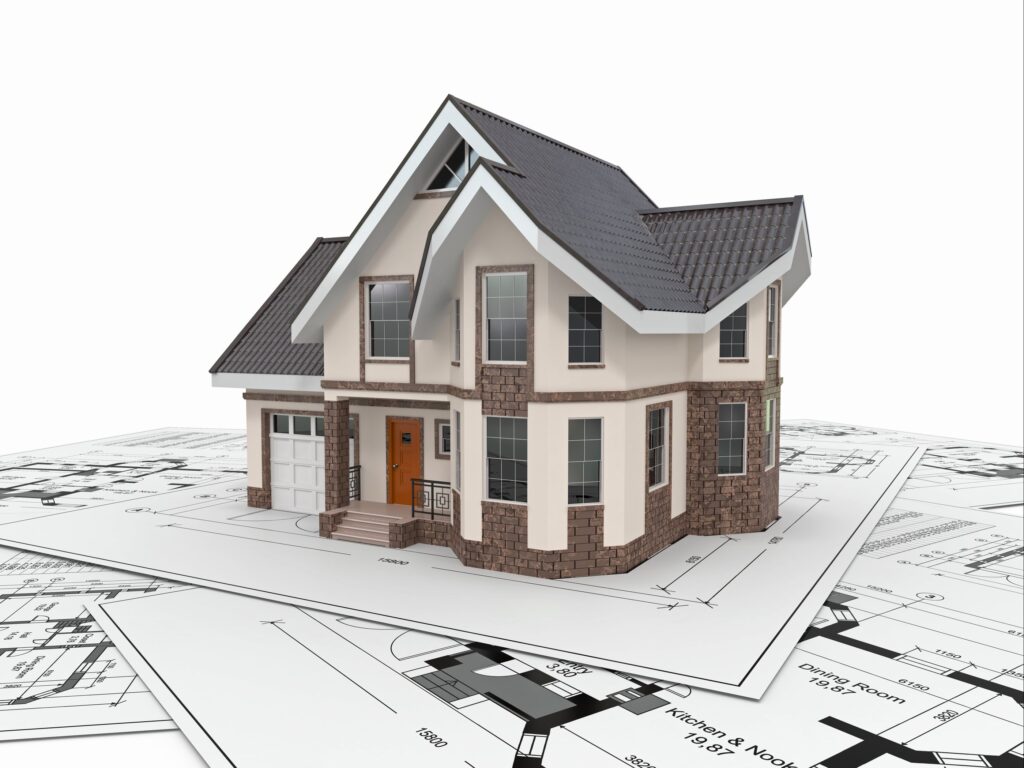
Residential vs. Commercial: What's the Difference in Design?
Although buildings for different purposes may look similar at first glance, there are fundamental differences between residential and commercial buildings when it comes to design.
Functionality and layout
Residential buildings are designed with people’s everyday needs in mind: comfort, privacy, convenience. Commercial buildings are designed for a specific purpose: customer service, logistics, office placement, etc.
Regulatory requirements
In the UK, different building types are subject to different standards:
Evacuation and fire safety
Accessibility for people with disabilities
Ventilation, lighting and acoustics
Engineering systems
Commercial buildings often require a more complex system of power supply, ventilation, security and control. In residential buildings, the emphasis is on energy efficiency, heated floors, water supply and a comfortable microclimate.
Coordination and permits
Commercial construction often requires additional approvals (for example, for parking, infrastructure load, noise). Residential properties are easier to design, but are also subject to local regulations.
Before choosing a building type, it is important to discuss the project’s goals and the prospects for its use. This will help avoid alterations and speed up the approval process.
